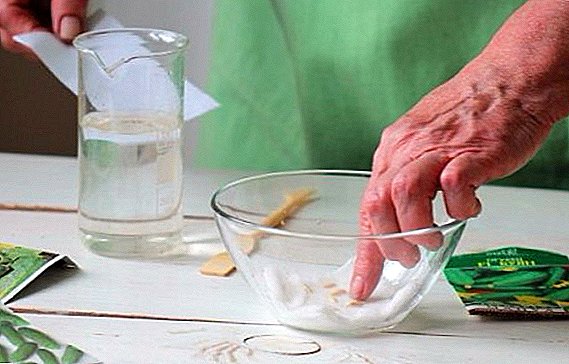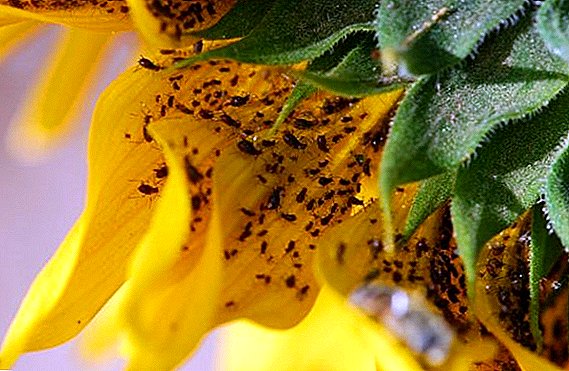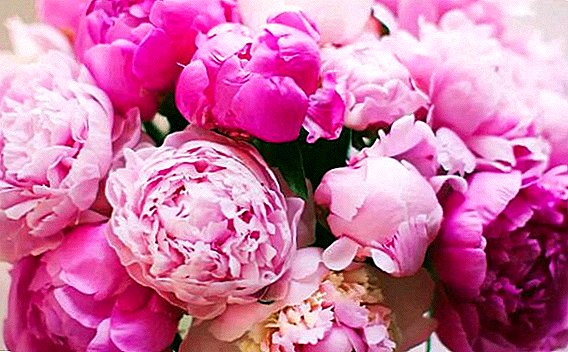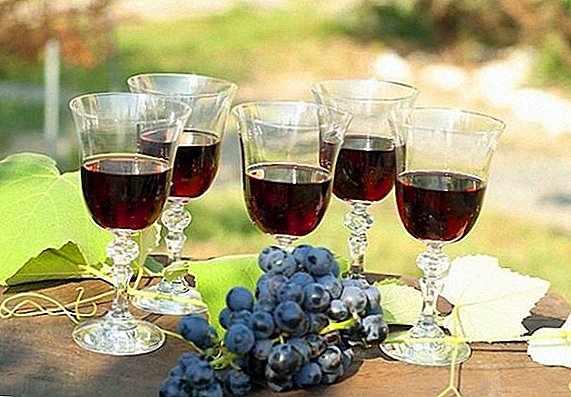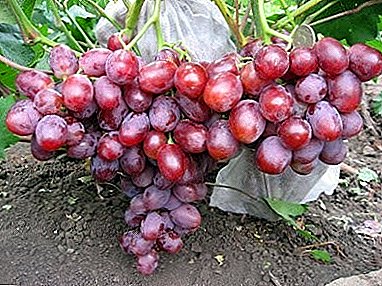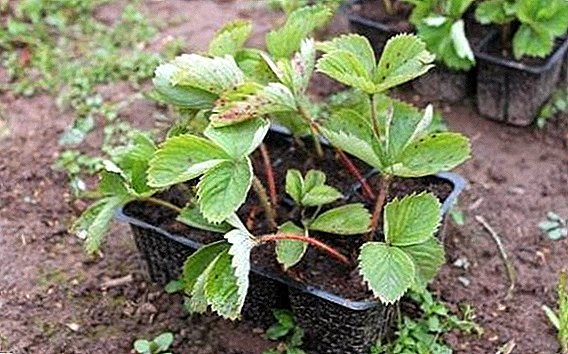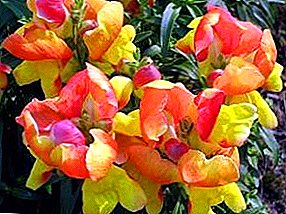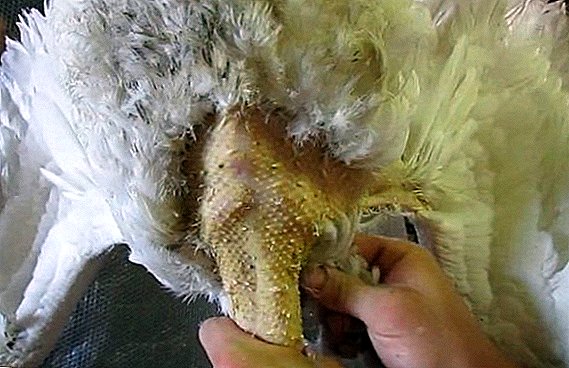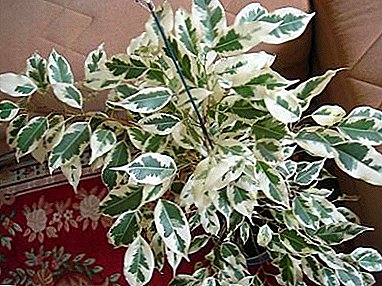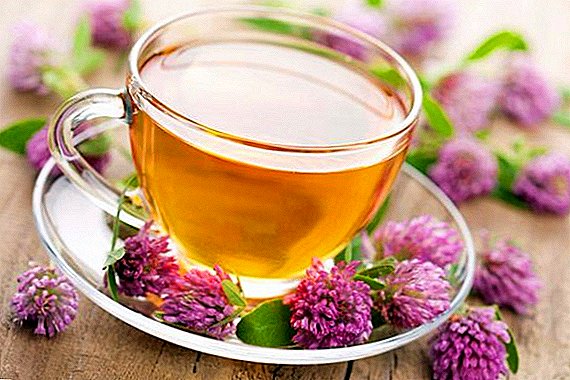
Cornflower is an unwelcome guest in the fields and gardens, there they struggle with it, as with any weed. But at the same time this modest field flower serves as a source of raw materials for traditional medicine, and is also used in some other areas.
Description and photo
The species of Cornflower (Centauréa jácea) is a perennial herb belonging to the genus Cornflowers, which is part of the Astera family (another name - Compositae). The stem, sometimes reaching 1 m in height, branches in the upper part, the tops of the branches are crowned with inflorescences. The leaves are narrow, elongated, silver in appearance due to the fact that they are covered with the smallest hairs. Flowers are collected in inflorescences in the form of a basket of lilac-pink or lilac-purple colors.
Of particular value are those home flowers that can be useful for human health, namely: Chlorophytum, Aloe, Geranium, Laurus, Kalanchoe, Cactus.The flower is distributed almost throughout Europe and in Siberia. It can often be found in forest glades, on the side of the road, in the meadows. All summer blooms, and some specimens - until October.
Did you know? The Latin name of the genus Cornflowers (Centauréa) is proposed by the Swedish naturalist of the XVIII century, Carl Linnaeus. It is derived from the Latin word "centaureus" - "referring to centaurs". According to ancient Greek legends, with the help of this flower, the centaur Chiron healed his wound caused by a poisoned arrow.

Chemical composition
Oddly enough, despite the widespread prevalence of this wild flower, its chemical composition has not yet been fully studied. It is known that the plant contains tannins, xantho-glycoside centaurine and ascorbic acid, and the seeds contain essential oil.
What is useful?
In folk medicine, this wild flower has found quite wide application. Drugs made from it have a diuretic, choleretic, analgesic, anti-inflammatory and firming effect. Used for heart disease, stomach disorders, headaches, jaundice, dropsy, kidney diseases.
The diuretic, safflower, iglitsa, asparagus, zizifus, hops, lavender, celandine, plerantrantus, and black chokeberry also have a diuretic effect.

How to use the plant
To create medicinal preparations all parts of plants are used - stems, leaves, inflorescences, roots. They make infusions, herbal baths, they are brewed and steamed, used in dried form. In cosmetology, where meadow cornflower has also found its use, it is used in the composition of cosmetic masks, and infusions - as a lotion. Below is a description of some cosmetic and medical preparations based on it.
In medicine
For sprains and aches in the bones, poultices from the cut off part of the cornflower are used. Harvested plants, preferably freshly harvested, are treated with boiling water, wrapped in gauze, and the resulting hot poultice is applied to the source of discomfort. For cardiovascular, renal and catarrhal diseases, an infusion is used. It is made simply: 2 teaspoons of a dry plant are poured with a glass of boiled water, they stand for a couple of hours and drain. The resulting drug is taken in a tablespoon three times a day a few minutes before meals.
Important! In connection with insufficient study of the medicinal properties of cornflower, you should consult with experts before using drugs based on it. It is strictly not recommended to use such drugs for pregnant and lactating women, as well as children.
When diarrhea helps infusion of dry roots. It is made similarly to the previous one: 2 teaspoons per cup of boiling water, 2 hours of infusion and straining. Accepted in exactly the same quantities before eating food. 
In cosmetology
Cornflower face masks have a positive effect on the skin. For the manufacture of taken 3 tablespoons of dried flowers and poured 100 ml of boiled water, cooled to + 80-90 ° C. Capacity with infused flowers cover and leave to cool. After cooling, this infusion is mixed with 50 g of liquid honey. The mask is applied to clean skin and aged for 20 minutes. Cornflower infusion is used as a lotion. For cooking need 2 tablespoons of dried flowers. They are poured with a glass of slightly cooled boiling water, kept under the lid until completely cooled and filtered. The resulting infusion is used as a regular body lotion. It is applied to the skin 1 time per day. You can also freeze the infusion in the tins. The result is a so-called cosmetic ice, which is also used for daily rubbing of the skin.
Important! Cornflower blue lotion is used only for oily skin prone to increased lipid secretion.
Infusion of cornflower meadow is also used as a means of eliminating swelling and redness of the eyes. To do this, use a tablespoon of dried flowers in a glass of boiled water, cooled to +90 ° C. After cooling, the infusion to room temperature, it is applied to the eyelids with a cotton swab. The procedure takes about 20 minutes. 
In other areas
In addition to therapeutic and cosmetological applications, meadow cornflower is known as a good honey plant. By productivity, he, of course, looks rather pale against the background of such champions as acacia or linden, but he gives bribes over a long period. Its productivity is estimated as 100-130 kg per hectare in terms of solid arrays from this flower.
Did you know? Once the leaves and stems of this plant received a yellow paint.
The plant also goes to feed livestock. In addition, sometimes it is used as a decorative design for flower beds and flower beds.
Collection and preparation of medical raw materials
The grass and flowers of cornflower meadow are harvested throughout the entire period of its flowering. Collection of roots produced in the fall. Both freshly harvested and dried plants are used for therapeutic purposes. The collection is dried in a shaded place or in a ventilated room, which is not penetrated by direct sunlight. In this case, the collection must be periodically turned over. To speed up the process, you can use a special dryer. In this case, the collection is dried at a temperature of + 40-50 ° C. The obtained raw material is stored in a closed glass container or in a box. Shelf life - up to 2 years.
So, meadow cornflower is not only a source of medicinal raw materials, but also finds application in cosmetology and beekeeping. Moreover, his modest but cute flowers can serve as decoration flower garden.


